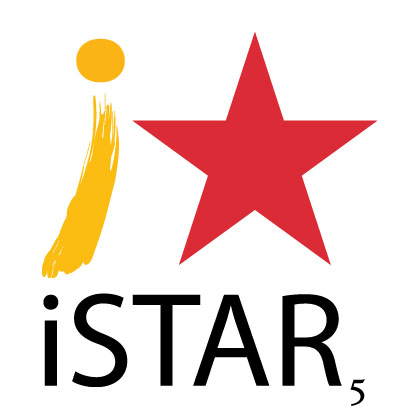Mission Statement
Project Objective
Strengthen and develop the social and occupational skills of youth with neurodiversity such as high-functioning autistic youth by building on their visual-spatial abilities and interests.
research methodology
Uses a corporate- university partnership between Trimble and Google and the University of Utah to test the use of SketchUp™ technology (and other 3D rendering software tools) to leverage the visual and spatial skills of youth on the autism spectrum.
Uses an interdisciplinary academic team (Family and Consumer Studies, Early Childhood Education, Teacher Education, Occupational Therapy and Gerontology) to provide expert consultation on research design, implementation, and evaluation.
Uses adult technology mentors to enhance skill development in youth, as well as model mentoring, communications, and problem-solving techniques for the youth to utilize with peers.
Uses key individuals (parents, grandparents, siblings, teachers, and peers) to strengthen social skills and build relationships.

Key outcomes
Participants reported the following:
1) Parents and grandparents reframed more positive expectations for their children.
2) Youth learned a valuable and enjoyable technology skill and increased their self-confidence.
3) The project resulted in mutually beneficial strengthening of relationships with key people in the youths’ lives (parents, grandparents, teachers, and student peers).
Next Steps
A review of the project to date identified the following opportunities for additional research and program development:
1) Design and implement project evaluation tools to describe project outcomes and to compare effectiveness.
2) Design a scalable implementation of the initial research project.
Develop an electronic “virtual community” application of the project.
Develop a “Training the Trainer” Curriculum.
Develop programs specifically tailored to education systems, school districts, home schooling, community organizations
3) Identify additional methodologies.
Identify additional software and technology tools that could be utilized in projects, and identify methods and circumstances for their use.
Develop Peer Mentoring and youth and family support systems.



